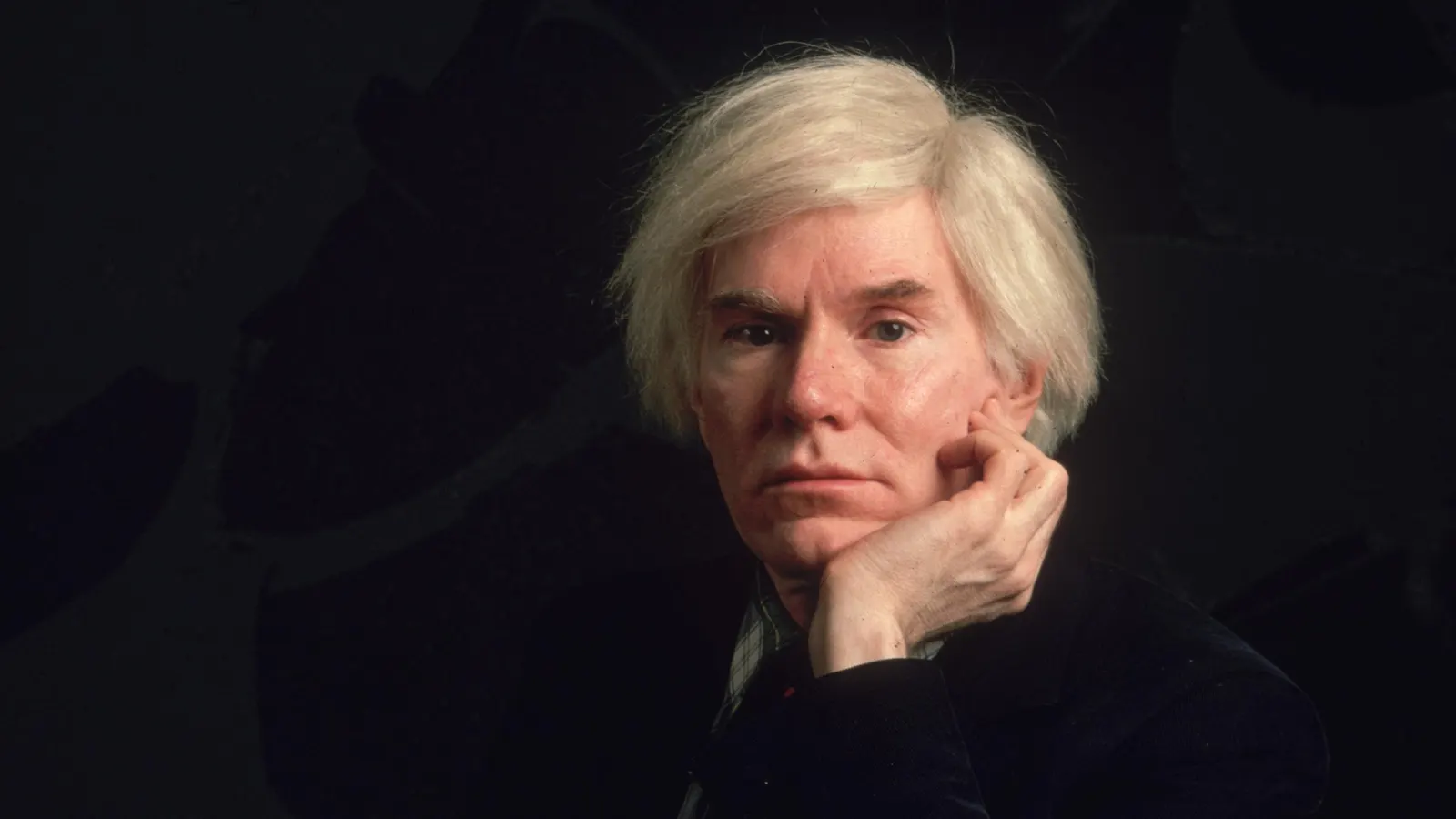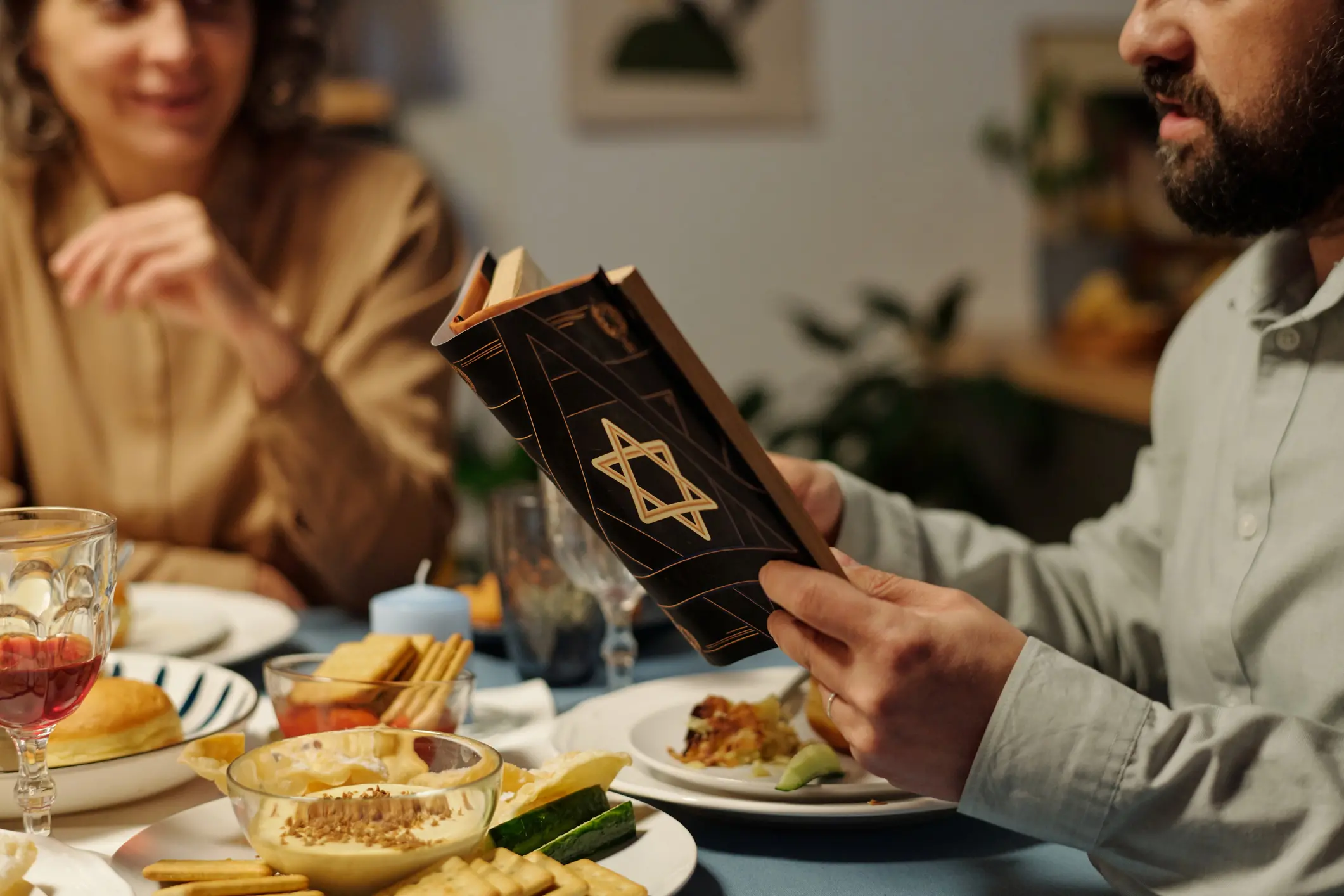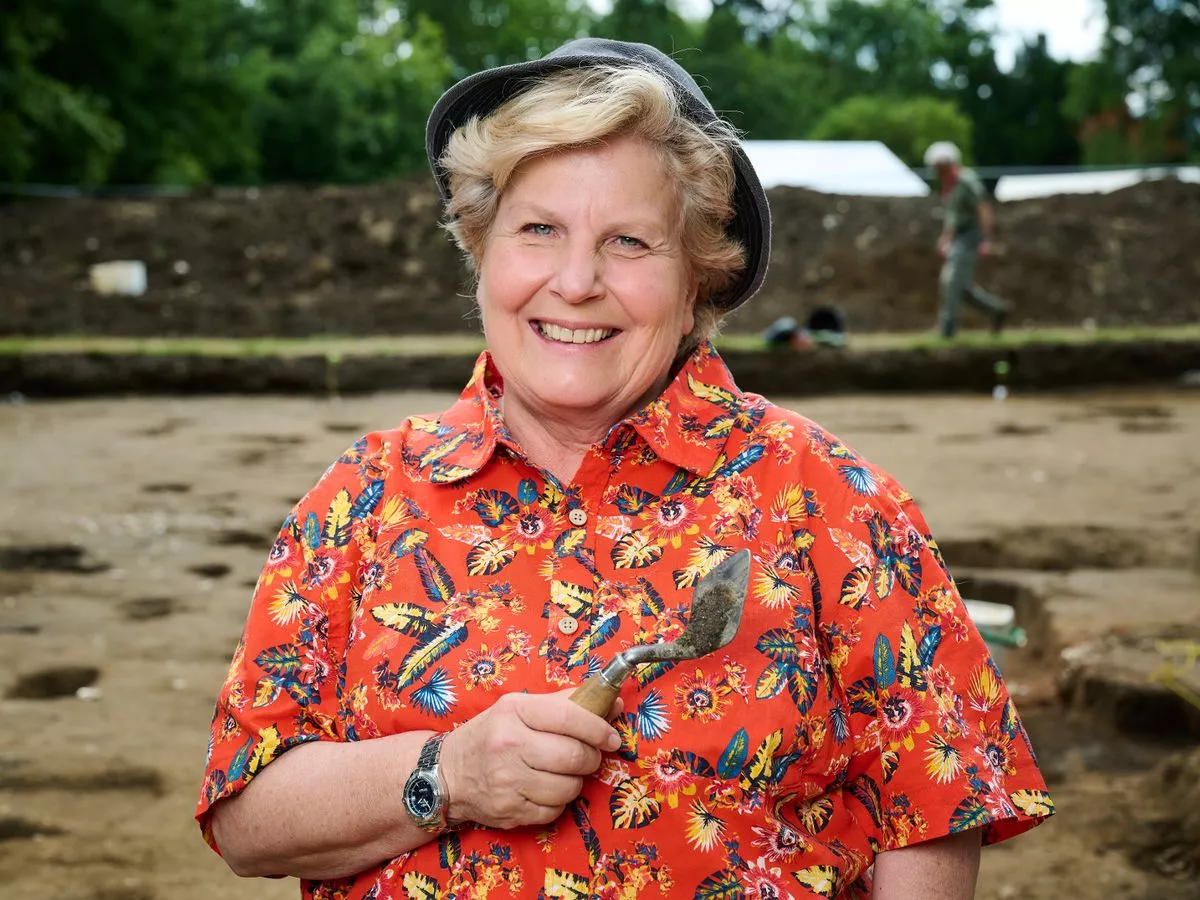Copyright forbes

American artist Andy Warhol (1928-1987) Getty Images Nearly 700 costumed revelers celebrated the opening of “Andy Warhol: Vanitas” at Pittsburgh’s Andy Warhol Museum on October 24, partying amid artwork that commented on mortality and existence. The bash matched the exhibition’s theme: Warhol’s exploration of death and spirituality. “Andy Warhol: Vanitas,” running through March 9, 2026, features the artist’s self-portraits with skull imagery and other works that examine the fleeting nature of existence. The event included tarot readings, aura photography, skull screenprinting and a goth-inspired DJ set. Elisa Cevallos / Courtesy of the Andy Warhol Museum “It was a thrill to see so many new and familiar faces tearing up the dance floor late into the evening,” said Rachel Hite, the museum’s director of development. The event, termed Night of 1,000 Skulls, included tarot readings, aura photography, skull screenprinting and a goth-inspired DJ set. Patrick Moore, a former director of the Andy Warhol Museum, curated the exhibit in collaboration with the SCHUNCK museum in the Netherlands. The Oaklander Hotel sponsored the opening party. The event was termed "Night of 1,000 Skulls." Elisa Cevallos / Courtesy of the Andy Warhol Museum Themes of vanity, the passage of time, and the artist’s own mortality are evident throughout works in the exhibit. Raised in a devout Byzantine Catholic family, Warhol attended mass regularly throughout his life, but rarely discussed his faith with friends or colleagues. Artworks from the exhibit, "Andy Warhol: Vanitas," The Andy Warhol Museum. Courtesy of the Andy Warhol Museum Warhol’s Spiritual Devotion Was A ‘Fundamental Part Of His Life’ José Carlos Diaz, former chief curator at the Andy Warhol Museum, termed the artist’s relationship to Catholicism “complicated” in a 2019 essay titled, “How Warhol’s Complicated Relationship with Catholicism Influenced his Art.” The essay was published in the 2019-2020 exhibition catalog for Andy Warhol: Revelation. An excerpt: “In Bob Colacello’s memoir Holy Terror, the former insider described the artist doing ‘all the Catholic things . . . taking holy water, genuflecting, kneeling, praying, and making the sign of the cross’ when they visited the Basilica of Our Lady of Guadalupe in Mexico City. In that moment, Colacello realized Warhol’s devotion was not an act but a fundamental part of his life.” The Vanitas exhibit explores three themes: mortality, vanitas and temporality. “Warhol explored these themes in his work with seriousness, and he infused them with irony and humor, showcasing his unique, often philosophical and contemplative, perspective,” according to press materials. Vanitas is derived from the Latin word for “vanity.” The word is linked to a 17th-century painting style created to remind viewers that life is transitory, and that worldly ambitions and the untoward collection of possessions is ultimately futile. The paintings were a pushback against the prosperous and extravagant Dutch Golden Age that held sway from about 1588 to 1672. A visitor views the work 'Skull' (1976) by Andy Warhol. (Photo by Hendrik Schmidt/picture alliance via Getty Images) picture alliance via Getty Images At the concept’s root is a biblical passage from the Book of Ecclesiastes: “Vanity of vanities; all is vanity.” It also harkens to an earlier medieval saying, memento mori, “remember you must die.” A vanitas still life circa 1630. Creator: Jan Davidsz de Heem. (Photo by Heritage Art/Heritage Images via Getty Images) Getty Images The Exhibit Employs Dutch Vanitas Paintings To Complement Warhol’s Work Dutch vanitas paintings depicted the inevitability of death using such items as snuffed-out candles, skulls, wilting flowers, rotting fruit, and hourglasses and clocks. The Warhol exhibit includes several Dutch vanitas artworks on loan from Amsterdam’s Rijksmuseum. Warhol’s preoccupation with mortality intensified when he was shot and nearly killed in 1968. His works on the transitory nature of life often became a commentary on Americans’ drive to consume, paired with a desensitization to tragedy—all fueled by media sensationalism. That stood in contrast to his high-spirited celebrity portraits. His fixation on death is evident in his “Death and Disaster” series created in the early 1960s: gruesome images of suicides, car crashes and the electric chair sourced from newspaper photographs and police archives. As part of the series, Warhol created “Sixteen Jackies” in 1964, a silkscreen painting that captured Jacqueline Kennedy’s period of public mourning following her husband’s assassination. Visitors to the Chemnitz art collection walk past Andy Warhol's 'Sixteen Jackies' (1964) in Chemnitz, Germany, 21 November 2014. The museum displayed 61 pieces by Andy Warhol from the series 'Death and Disaster.' picture alliance via Getty Images The point of the “Death and Disaster”series, in terms of the more grisly images, was to highlight desensitization: “When you see a gruesome picture over and over again, it really doesn’t have any effect,” he told Artnews in 1963. Established in 1994, the Andy Warhol Museum was created in Pittsburgh (the artist’s birthplace) through the efforts of the Carnegie Institute, the Dia Art Foundation, and the Andy Warhol Foundation for the Visual Arts. It’s become North America’s largest single-artist museum. The museum is located in a former 1911 industrial warehouse, converted by architect Richard Gluckman into a modern, seven-floor, 88,000-square-foot space. An underground level houses “The Factory” education studio and a conservation lab. Editorial StandardsReprints & Permissions



